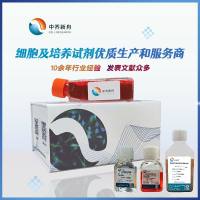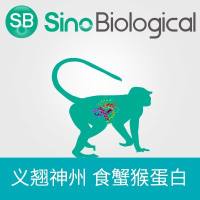History of Plant Tissue Culture
互联网
667
Plant tissue culture, or the aseptic culture of cells, tissues, organs, and their components under defined physical and chemical conditions in vitro, is an important tool in both basic and applied studies as well as in commercial application. It owes its origin to the ideas of the German scientist, Haberlandt, at the beginning of the 20th century. The early studies led to root cultures, embryo cultures, and the first true callus/tissue cultures. The period between the 1940s and the 1960s was marked by the development of new techniques and the improvement of those already in use. It was the availability of these techniques that led to the application of tissue culture to five broad areas, namely, cell behavior (including cytology, nutrition, metabolism, morphogenesis, embryogenesis, and pathology), plant modification and improvement, pathogen-free plants and germplasm storage, clonal propagation, and product (mainly secondary metabolite) formation, starting in the mid-1960s. The 1990s saw continued expansion in the application of the in vitro technologies to an increasing number of plant species. Cell cultures have remained an important tool in the study of basic areas of plant biology and biochemistry and have assumed major significance in studies in molecular biology and agricultural biotechnology. The historical development of these in vitro technologies and their applications are the focus of this chapter.








